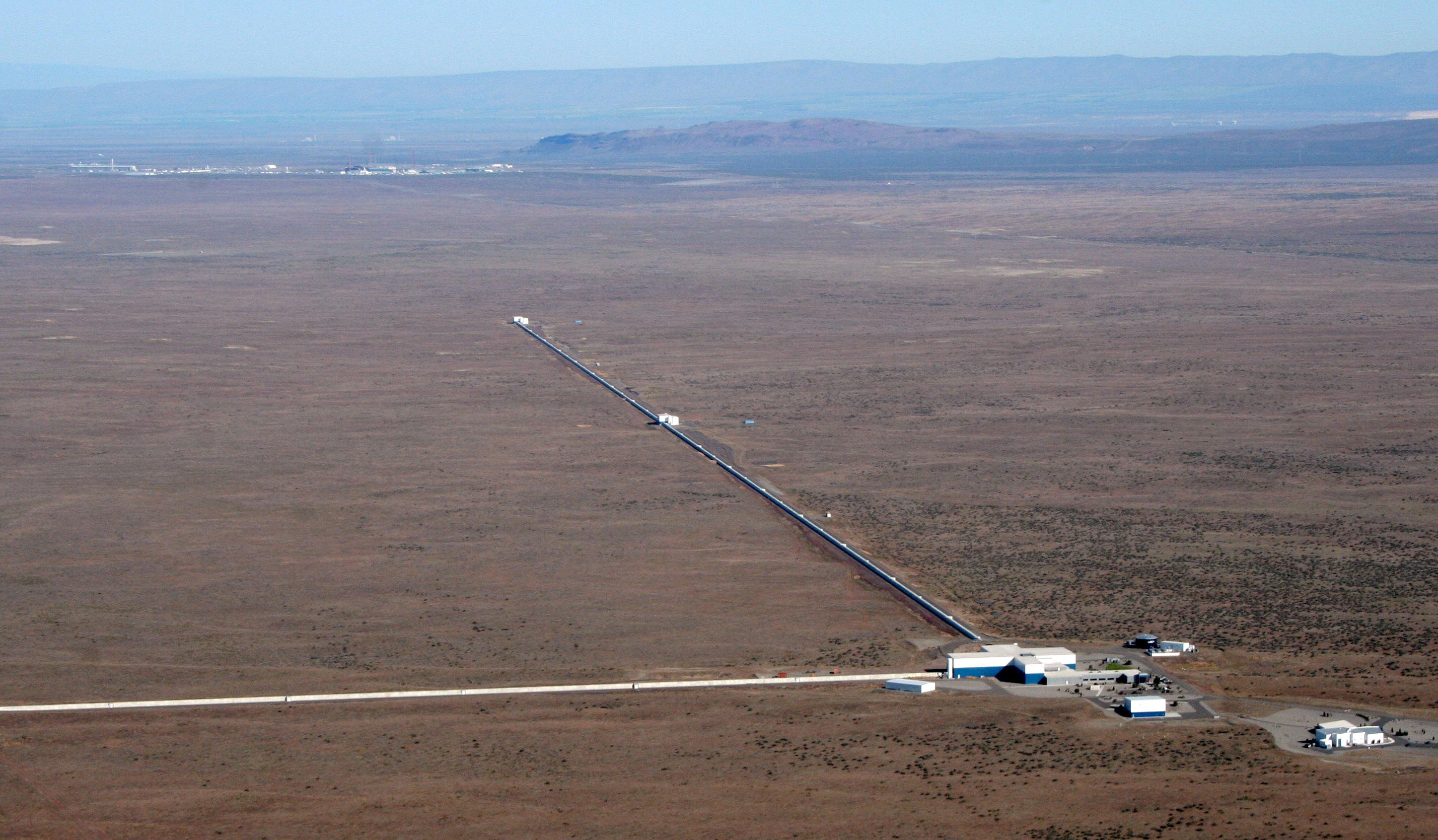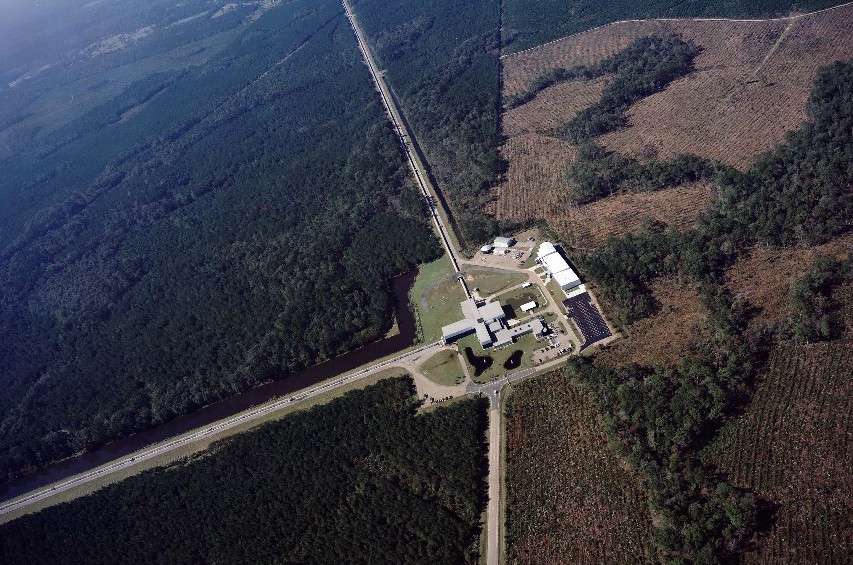About us
About us
These pages are built as part of a paper written by current and former members of the Institute for Gravitational Wave Astronomy - University of Birmingham. The team is led by PhD students (now postdoctoral fellows) who all work on different aspects of gravitational-wave astronomy. The paper describes the design and construction of a long-term science exhibition on gravitational waves and its use cases in both a museum and science exhibition setting.
About the Exhibit
The exhibit centres around a single large Michelson interferometer, an optical configuration which is at the heart of gravitational-wave detection. It is a scaled-down version of the real gravitational-wave observatories located around the world: Advanced LIGO (Louisiana and Washington State, U.S.), Virgo (Pisa, Italy), and GEO600 (Hanover, Germany). New observatories are joining the global network with KAGRA (Japan) beginning observations and LIGO India planned. The exhibit interferometer is constructed using lab-grade components, ensuring the design is robust over a long period of time, looks professional, and is visually attractive.
What are Gravitational Waves?
Gravitational waves are a consequence of Albert Einstein's theory of General Relativity. Gravitational waves are ripples in the fabric of space-time which cause a stretch and squash effect, changing distances a very small amount. They are produced by some of the most violent events in the universe, such as the collisions and mergers of black holes and neutron stars.
On the 14th September 2015, the two LIGO detectors observed the merger of two black holes for the first time. This observation was the first detection of gravitational waves passing through the Earth and provided yet another test of Einstein's General Relativity. Just under two years later, LIGO and Virgo detected the first gravitational waves from the merger of two neutron stars. This merger was not only observed through gravitational waves, but also through all wavelengths of light by electromagnetic observatories around the world and in space in a global multimessenger observing campaign.
Acknowledgements
This project was funded by the Science and Technology Facilities Council Small Award (project reference ST/N005767/1) and the Royal Astronomical Society Public Outreach & Schools Education Grant. This work was also supported by the Institute for Gravitational Wave Astronomy - University of Birmingham, the Thinktank Birmingham Science Museum, the Royal Society Summer Science Exhibition, and the LIGO Education and Public Outreach working group.

